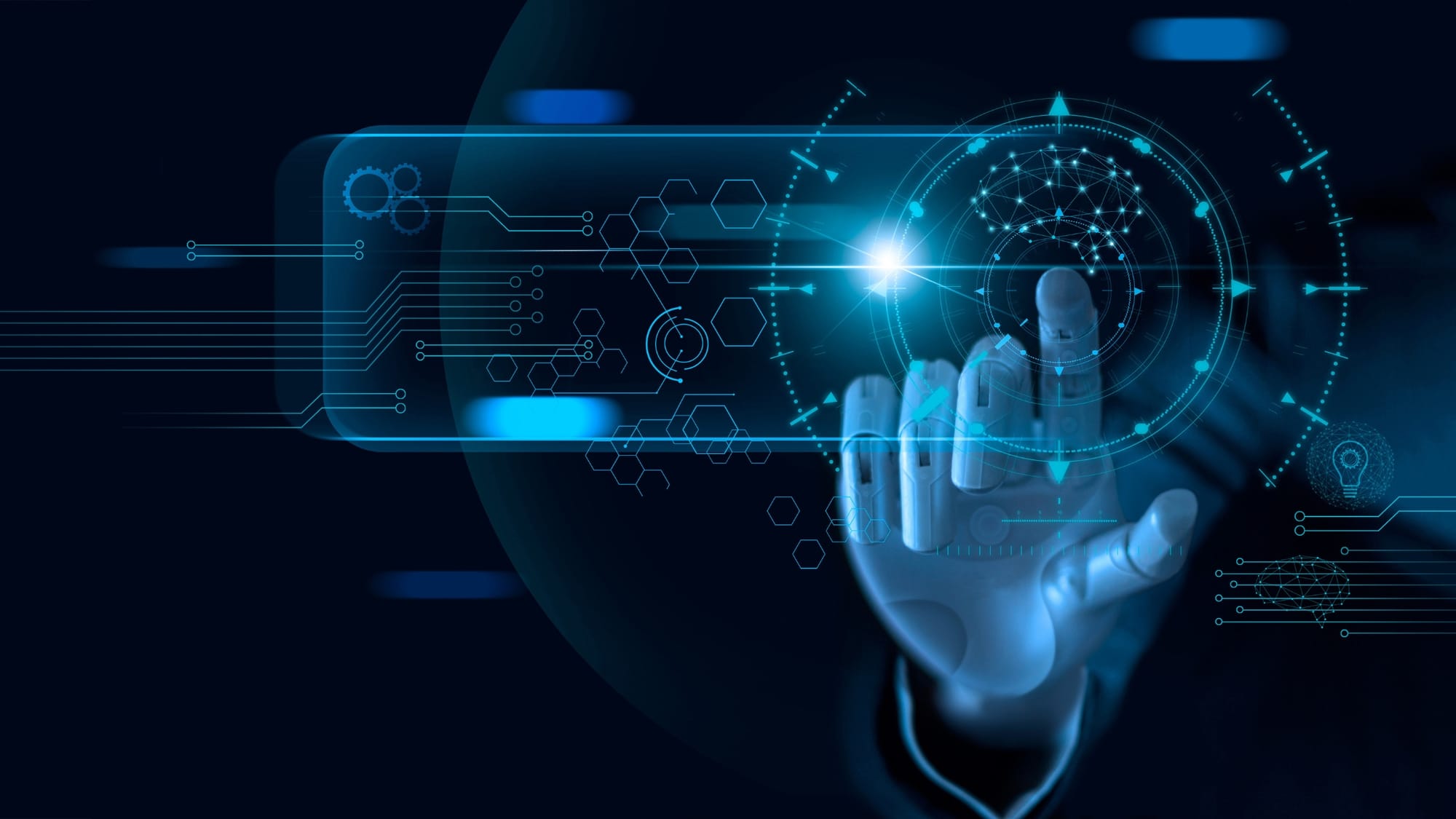In the world of AI and language models, Retrieval-Augmented Generation (RAG) is a powerful technique that combines the best of external information retrieval with the generative capabilities of large language models (LLMs). However, one of the biggest challenges with RAG systems is identifying the most relevant information to answer user queries.
Traditional LLM-based systems search through vast amounts of information, but here’s the key question: Where do you stop? When dealing with enormous datasets, the sheer volume of retrieved information can overwhelm the LLM, leading to excessive computational costs and inefficiencies.
The Problem: Information Overload and LLM Consumption Costs
Retrieval systems are designed to pull in as much relevant information as possible to generate accurate and detailed answers. However, the more information an LLM processes, the more tokens it consumes. Token usage is a significant cost factor for LLMs, particularly with models like OpenAI’s GPT-3.5 or GPT-4, where every additional token adds to computational expenses.
This creates a balancing act: retrieving enough relevant information while also optimizing LLM usage to reduce costs. So, how can we avoid wasting computational resources and make the most of LLMs without sacrificing answer quality?
A Two-Phase Approach to Optimizing Information Retrieval and Answer Generation
The answer lies in refining the RAG process through a two-phase strategy. This method carefully curates the retrieved information and ensures that only the most relevant content is sent to the LLM, minimizing token consumption and reducing overall costs.
Phase 1: Traditional Yet Economical Retrieval
The first phase focuses on the retrieval process. Rather than using large-scale, resource-intensive models, we can rely on cost-effective traditional search techniques. Think of IBM’s Granite – an efficient search model that narrows down the search space to identify relevant topics without draining system resources.
These retrieval methods don’t require hefty computational power, allowing for quick and inexpensive searches. The goal here is to limit the scope of retrieved content to the top X topics or documents that are most likely to provide the relevant answer. This significantly reduces the amount of data the LLM must process, ensuring a more efficient system.
Phase 2: Limited Top X Topics to Generate the Answer
Once the top X topics have been identified in Phase 1, the LLM is tasked with generating an answer based on this focused set of information. By feeding the LLM only the most relevant and concise documents, we avoid overloading it with unnecessary data.
Models like OpenAI’s GPT-4 Mini are well-suited for this phase, as they can generate precise responses based on limited but high-quality input. If the retrieved topics don’t provide enough information, the LLM will either provide a partial answer or no answer at all, ensuring that resources are only used when they truly contribute to answering the query.
Why This Approach Reduces LLM Consumption Costs
This optimized RAG process reduces LLM token usage, directly translating to lower computational costs. Here’s how:
- Fewer Tokens Processed: By limiting the number of topics or documents fed into the LLM, the total token count during answer generation is reduced. Each additional token, whether in the retrieval or response phase, adds to the computational cost.
- Efficient Resource Use: Instead of overwhelming the LLM with large volumes of data, we focus on the most relevant documents. This reduces unnecessary complexity, allowing the LLM to work more efficiently.
- Reduced Query Complexity: The more relevant the retrieved data is, the easier it is for the LLM to generate an accurate answer. By minimizing irrelevant context, the model doesn’t have to parse through unrelated content, saving time and resources.
- Optimized Tokenization: By narrowing the focus to the most relevant content, we avoid wasting tokens on irrelevant information. For example, imagine a question like “What is the capital of France?” If the retrieval system pulls in hundreds of documents about European cities, but only a few mention Paris, the LLM only processes those few documents—saving tokens and reducing costs.
Practical Example: Tokenization in Action
Let’s consider an example where you’re using an LLM like GPT-3.5 or GPT-4 to answer a question like: “How do I improve my website’s SEO ranking?”
- Phase 1: The system retrieves documents from various sources, possibly hundreds of them. However, we limit this to just 10 highly relevant documents.
- Phase 2: The LLM processes only these 10 documents. If they provide enough information, the LLM will generate a concise, accurate response without the need to analyze hundreds of documents.
If each document contains 300 tokens, retrieving 10 documents would result in 3,000 tokens. Without optimization, the LLM might process 3,000 tokens just for retrieval. But with this focused approach, the LLM processes only 3,000 tokens at most, ensuring efficiency and keeping costs under control.
Conclusion: A More Efficient RAG Approach
By combining traditional search methods with a targeted LLM generation phase, this optimized RAG approach allows organizations to significantly reduce LLM usage costs while still delivering high-quality answers. This two-phase method minimizes information overload, ensuring that only the most relevant data is processed, optimizing both retrieval and generation.
Not only does this lead to more accurate results, but it also addresses the growing challenge of rising computational costs in AI systems. By refining the search and response process, businesses and developers can build smarter, more efficient AI-powered solutions that are both cost-effective and highly performant.
Unlock smarter, more cost-effective AI solutions with Yoomity.
Our optimized RAG approach helps you turn data into actionable insights without the high price tag. Let’s connect to explore how Yoomity can support your goals.

